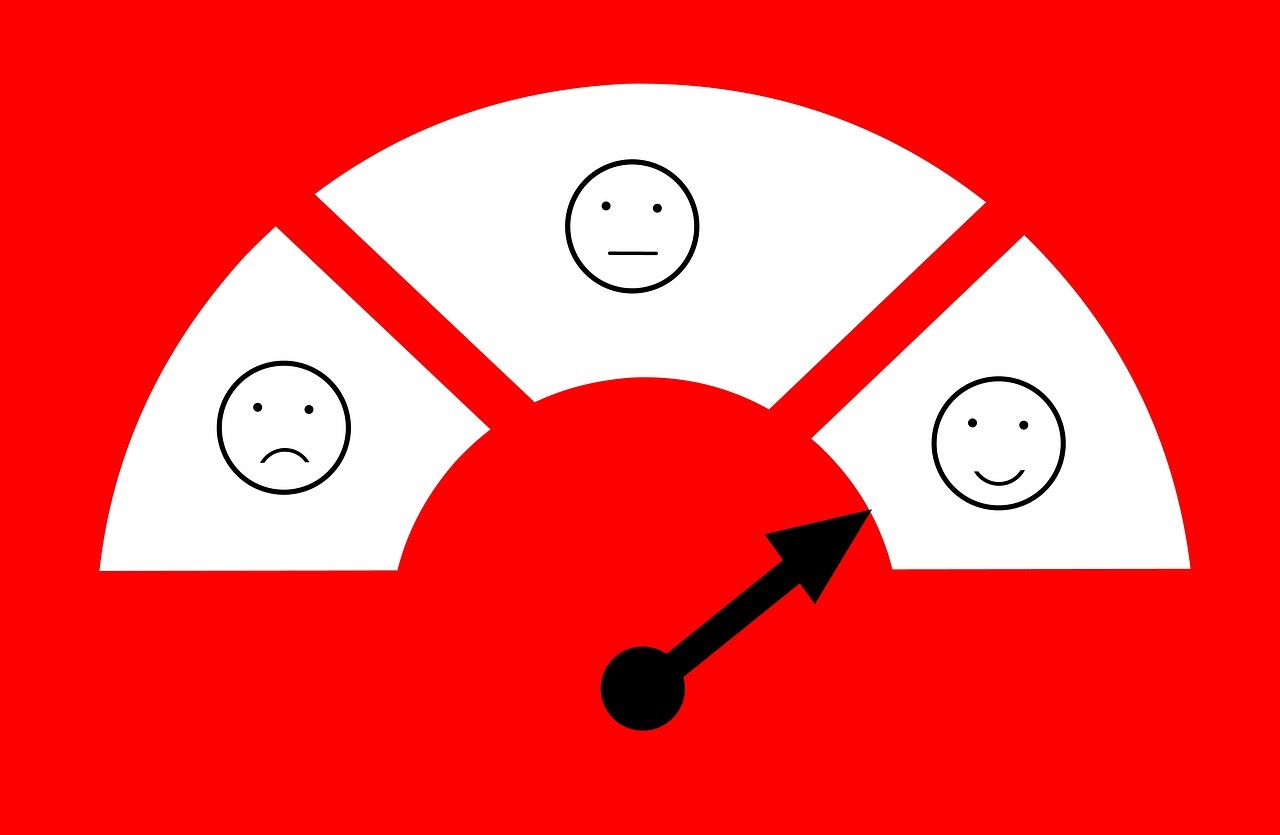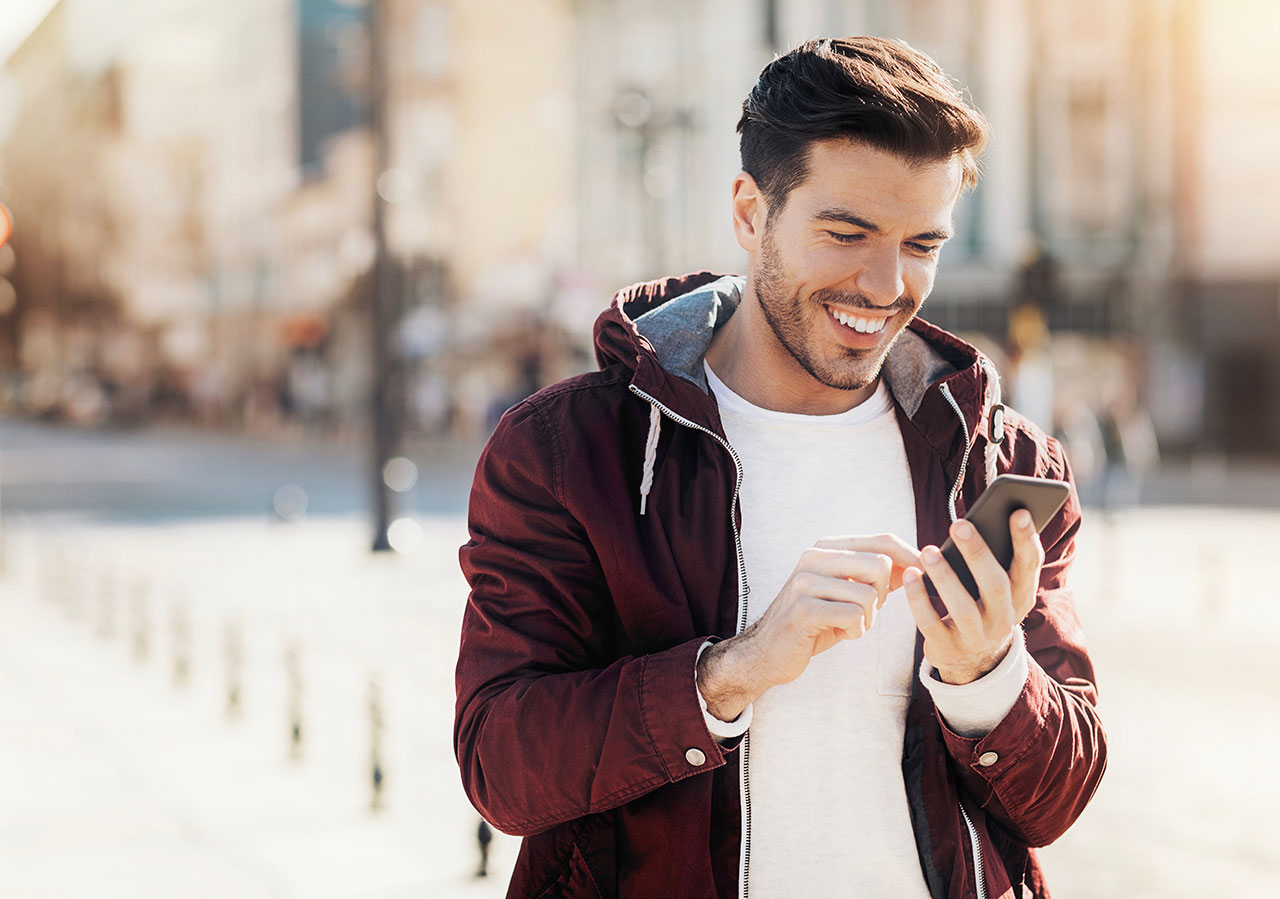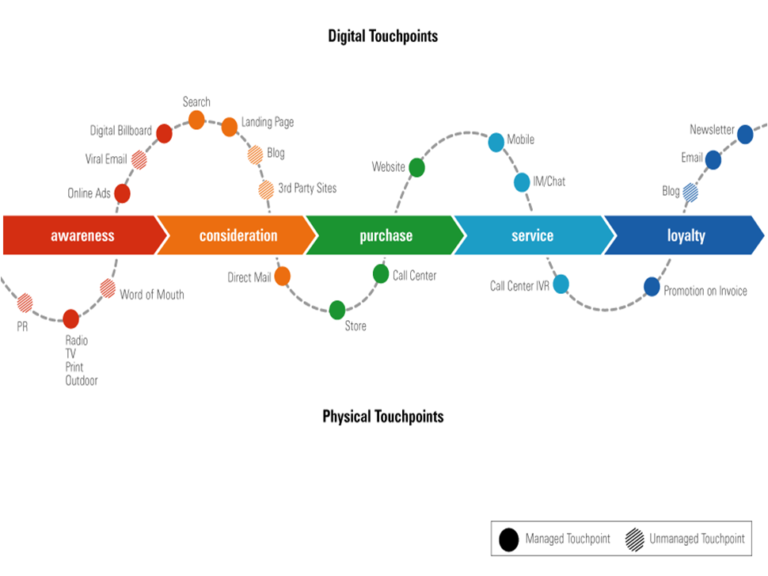
In the modern consumer-led environment, the customer experience is of paramount importance. Whether you’re offering omnichannel contact center solutions like we do at RingCentral or work in online retail, you must go the extra mile to ensure that your customers enjoy the best possible client experience. Because if you don’t improve customer experience, you can rest assured that your competitors will.
Where once the emphasis might have been on clever publicity schemes or B2B affiliate marketing, now businesses recognize that these methods – though they remain hugely important and valuable—need to be complemented by a laser-like focus on customer experience. Without that focus, you’ll find that consumers explore other options, and take their business where they feel it’s more valued.
Delivering exceptional customer experiences requires a wholehearted commitment across your company. That’s from the most senior management at the top, to the staff dealing directly with customers on the shop floor (or in the call center). It also requires a willingness to ask awkward questions about your own business, and a preparedness to confront – and address – any failings you might identify.

To improve customer experience and make your client encounters the best they can possibly be, you need to ensure that each interaction a consumer has with your business is smooth, consistent, and straightforward. You must also attend to their needs and concerns. Whether you’re showing customers how to record a webinar or helping them find the right furniture for their home, the same fundamental principles apply.
With all this in mind, then, it should be apparent that customer experience is vitally important to scaling a business. But what particular customer experience competencies can boost your business’s growth? This is what we’ll discuss in this guide, but first, we’ll look in more detail at exactly why the customer experience is of such overwhelming importance.

Furthermore, it is important to note that these expectations have changed quite dramatically in a relatively short period of time. The sheer choice available online has made it easier for consumers to shop around and explore alternative options. It’s no longer a matter of competing with businesses in your local vicinity, as there is (almost literally) a world of options out there for people to choose from.
Offering an exceptional customer experience, then, can have all sorts of welcome consequences. As we’ve discussed, it’s essential to ensuring long-term customer loyalty, thereby putting your whole business on a firmer footing. In addition, it also encourages positive word of mouth. Customers promoting your business to their friends and colleagues, and thereby (hopefully) bringing more custom your way.
The most important thing to remember with regard to customer experience is that the power these days lies with the consumer. No longer is it possible to pull the wool over their eyes with sub-standard products and services. The bar has been substantially raised, and this is the reality you must adapt yourself to.
Understanding Customer Expectations
Understanding customer expectations is crucial for businesses seeking to improve customer experience. It begins with identifying customer needs and desires, diving deep into what truly matters to them. By actively listening and gathering feedback, businesses can uncover valuable insights to tailor their products and services accordingly. Recognizing key touchpoints, such as initial contact, purchase, and post-sales support, allows businesses to focus their efforts and resources where it matters most. Mapping the customer journey provides a holistic view of the entire customer experience, enabling businesses to identify pain points and opportunities for improvement. By thoroughly understanding customer expectations, businesses can deliver personalized and exceptional experiences that leave a lasting positive impression.
Improve Customer Experience: 6 Essential Competencies
So, now that we’ve clarified just why customer experience is so vital, we need to discuss the competencies that can transform your business for the better and send its growth soaring into the stratosphere, as well as creating a healthier business environment for everybody involved.

Here are five customer experience competencies which you must be continually focused upon:
1) Prioritize the Customer
It might seem like an obvious point to make, but to deliver the best possible customer experience, you need to genuinely prioritize the needs of the customer. This is of the utmost importance whether you’re promoting a video hosting platform or trying to tempt people to try a new restaurant.
The exact experiences that people expect differ from sector to sector, of course, but prioritizing the customer must remain constant across the board.
Customers need to feel that they are the focus of your attention at all times. They need to feel valued at all times. This needs to involve more than just rhetoric or platitudes. Your plan to improve customer experience must be backed with a plan for action, including the resources necessary to back it up. Set clear metrics and use hard data to measure customer experience management.
2) Be Prepared to Engage
Another point that needs to be kept in mind is that customer engagement is an integral part of delivering exceptional experiences. Consumers these days love to give their opinions, and most of the time they don’t require much prompting to do so. This is something your business has to be properly prepared for. Customer engagement, therefore, needs to be a leading priority for your business.
It’s best to take the initiative yourself. Be proactive in your efforts to seek customers’ opinions, and provide your own outlets where clients can offer them. Of course, people will use social media too, so be alert to any discussion of your business there. Also, when customers provide feedback, listen to it. They may highlight issues of which you were previously unaware, and it’s always frustrating for customers to feel their views aren’t taken seriously.
3) Demonstrate Firm and Open Leadership
Much is often made of the importance of purposeful and strong leadership in business, and there’s little doubt that this can make a huge difference. The value of entrepreneurialism has been proven over many years, from the largest multinational corporations to the smallest mom-and-pop retail outlets. But when it comes to customer experience, business leaders themselves must be prepared to be led by customers.

Business leadership must, therefore, accept the necessity of customer-centric growth. This involves heeding the views of consumers and maintaining an intimate understanding of exactly what they’re looking for. This doesn’t mean following the whims of customers blindly, however. It’s a question of distinguishing the good ideas, ones that can genuinely advance your business, from the fly-by-night suggestions.
4) Get Employee Buy-in
Following on from the previous point, leadership isn’t about dictating from on high and then leaving everybody else to make sense of the latest diktat. If we’re working to improve customer experience, we need to make sure that an ethos of prioritizing the consumer’s needs saturates the whole business. This means that the entire team, from top to bottom, needs to buy into the idea.
Employees must be provided with the resources, tools, and training they need to provide customers with outstanding experiences. They could be helping a customer find the perfect holiday gift or undertaking a Google Analytics health check for a client. Either way, they need to be supported and encouraged in their efforts to enhance customer experiences.

5) Build Strong Brand Values
We’ve touched upon the importance of having a clear and compelling ethos. This also needs to inform the general values of your brand. You have to remember that customers will hold you accountable if your business, its products, and services don’t live up to the various values you espouse. Whether it be a commitment to attentive customer service, unbeatable value for money, or simply a pledge of consistent quality in all areas.
Also, it’s crucial that your values aren’t just hot air. They have to relate in a concrete way to what your business is doing. Your team must understand how the work they do ties into the broader values your business has articulated. It’s not enough to reel off some superficial platitudes and then try to present these as a mission statement. They have to actually mean something, and what’s more, they have to be seen to mean something by customers.
6) Designing Intuitive User Interfaces
Designing intuitive user interfaces is essential for creating a seamless and satisfying digital customer experience. One key aspect is simplifying website navigation, ensuring that users can effortlessly find the information or products they are looking for. By organizing content in a logical and user-friendly manner, businesses can reduce frustration and improve engagement, ultimately leading to higher conversion rates.
Optimizing mobile responsiveness is another crucial element in today’s mobile-centric world. With more users accessing websites through smartphones and tablets, it is imperative to provide a seamless and enjoyable mobile experience. Responsive design ensures that websites adapt to different screen sizes and resolutions, allowing users to easily navigate and interact with the content. By prioritizing mobile responsiveness, businesses can cater to the needs and preferences of their mobile users, enhancing their overall satisfaction.
Streamlining the checkout and conversion processes is vital for minimizing cart abandonment and maximizing conversions. Long and complex checkout procedures often deter users from completing their purchase. By simplifying the steps, minimizing form fields, and offering convenient payment options, businesses can create a frictionless experience that encourages users to convert. Streamlining the conversion process not only improves the user experience but also increases the likelihood of repeat purchases and fosters customer loyalty.
Measuring and Analyzing Customer Experience
Measuring and analyzing customer experience is vital for businesses to understand and enhance their interactions with customers. Key metrics serve as valuable indicators of customer satisfaction and loyalty. Metrics such as Net Promoter Score (NPS), Customer Satisfaction Score (CSAT), and Customer Effort Score (CES) provide quantitative insights into the overall customer experience. Collecting and analyzing customer feedback through surveys, reviews, and social media monitoring allows businesses to gain qualitative insights into customer perceptions and identify areas for improvement. By actively listening to customers, businesses can address their pain points and meet their expectations more effectively. Additionally, utilizing customer journey analytics provides a holistic view of the customer’s end-to-end experience across multiple touchpoints. This helps businesses identify moments of friction or delight along the customer journey, enabling them to optimize each stage and enhance the overall experience. By measuring and analyzing customer experience, businesses can make data-driven decisions, implement targeted improvements, and ultimately deliver a more personalized and satisfying experience that fosters customer loyalty and drives business growth.
Conclusion
It’s very easy to tell customers how important they are and how concerned you are to ensure their happiness. There’s scarcely a business in the world that doesn’t tell its customers how important they are, and how valued their opinions are, and so on. But far fewer businesses actually uphold standards like these. The crucial test for your business is to prove to customers that their welfare and satisfaction is your number one concern.
That said, if you can prove your sincerity, then improving the customer experience is the natural result. After all, when clients know that you are on their side, then they’re likely to be much more willing to work with you to optimize all aspects of your business.
In this guide, we’ve listed some of the core competencies which your business will need if it is to make these commitments into an everyday reality. Of course, the exact steps your business has to take to improve customer experience will vary according to a number of factors. They include the resources at its disposal, what competitors are offering, the sector it’s competing in, and so on.
You should also remember that your focus will inevitably change as your business prospers and expands. Nevertheless, you must redouble your efforts to ensure that your customers remain at the heart of what you do, and that you don’t lose sight of your original mission and purpose.

John Allen is Director, Global SEO at RingCentral, a global UCaaS, VoIP, and cti software provider. He has over 14 years of experience and an extensive background in building and optimizing digital marketing programs. RingCentral is a Wootric customer.















































